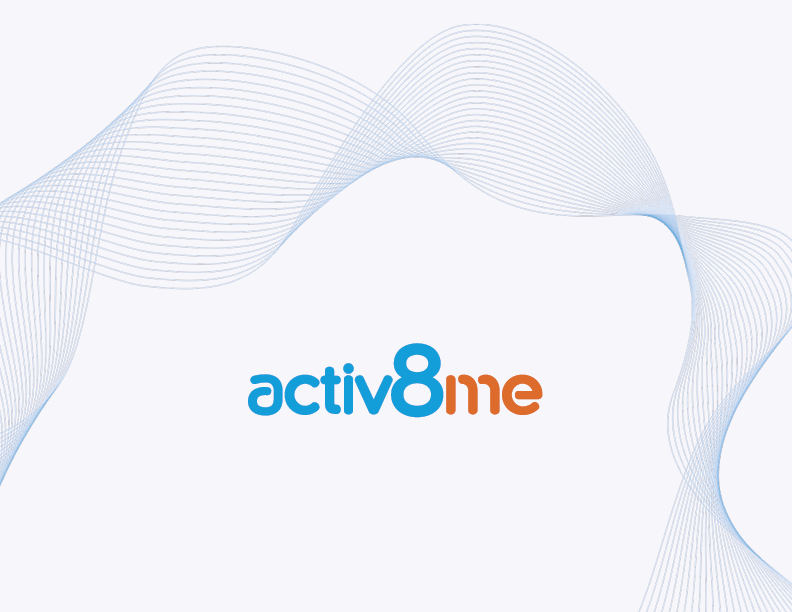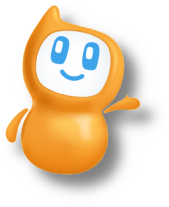
Is your home PC becoming a power hog? Most high powered desktop computers with dedicated graphics hardware designed for serious 3D gaming, streaming, graphic design, video and photo HD editing are energy hungry. Even legacy PCs are usually less energy-efficient than the latest models. Fortunately, using a few little tweaks can save you hundreds of dollars in computer energy consumption.
Here are some power saving tips you can try on your personal computer at home:
Stop Using Screensavers
Screen savers were invented to solve the burn-in issue of old bulky CRT (cathode ray tube) monitors that leave certain areas of the screen darker when the phosphor material that emits light inside the CRT gets worn down. When screen savers display animations that consistently change, they prevent this burn-in screen or ghost image problem. Currently, a screensaver is not helpful anymore as this old technology only wastes more electricity. It’s not necessary on modern LCD and LED display monitors. Setting your computer to turn off the display automatically is the new screen saver. Doing this not only saves energy and reduces your energy bill; it also increases your PC’s battery life. Instead of making your PC start playing a screen saver when the computer is not in use, set it to automatically put the display into suspend mode. In this state, your monitor will use almost no power.
Use Sleep and Hibernate
Don’t leave your computer on overnight, but you don’t need to shut it down immediately when you’re just stepping away. Instead, you can set your PC to sleep or hibernate when you go for a break or not using it. In sleep or standby mode, the PC enters a low-power state to keep the RAM, but the other parts of the computer are shut down. When you turn it on, it snaps back on within a few seconds, so you don’t need to wait long for it to boot up. But it utilises more energy than hibernating your PC. When you set the PC to hibernate, it saves the current state of the activity to the hard drive by dumping the RAM contents into a file on the hard drive. When you return to boot up the PC, it loads the previous state from your hard drive back into the RAM. Resuming from hibernate mode takes longer compared to sleep, but it uses lesser power. Either way, you don’t have to worry about losing any of your previous data and no need to leave your computer on.
Plug all Computer Equipment to a SmartStrip
At home, most computers are used commonly for web browsing, online gaming, and other social dealing in the evenings, which require the use of a number of peripherals such as printer, speakers, and so forth. Most people just leave their printers and speakers idle that can easily drain about 40 watts. To resolve this situation, you can install a SmartStrip for your home computer setup that allows you to plug your PC into the master outlet and several other devices into the other electrical slots on the strip. Whenever you turn on the PC, the other outlets receive energy, but when you shut it off, the power to the other devices also automatically shut off. When you shut down your computer at night, the power is also cut for the PC monitor, printer, speaker, Internet router, and other peripheral equipment.
Upgrade to Energy-Efficient Hardware
Older computers and processors, as well as legacy printers have power-hungry hardware that consume more electricity than their newer counterparts. Go “Green” with your equipment by upgrading to EnergyStar 4.0 compliant hardware that are more energy-efficient. An EnergyStar 4.0 compliant computer, for instance utilises only 25% of the power that a non-EnergyStar device would normally consume. This can translate to big savings on your monthly electricity bill. If you are still using the old CRT monitor, it is time to replace it with LED. With the current affordable cost of flat panels coupled with big energy savings, more modern homes are now making this shift that can save you more money in the long run. Old 17″ CRT monitor eats 150 watts of electricity while awake and 30 watts at idle. In contrast, a brand new 17″ LED display only uses 30 watts while awake and 3.5 watts while in sleep mode.
Stay tuned to learn more useful tips on how to get the best possible connection at home. To get the best Internet plans for your home, you can visit our Plan Guru or call 13 22 88 to speak to our 100% Australian advice specialists.
Blog
Speak with one of our Australian based Home Internet Experts today.
Call us on 13 22 88 Mon – Fri: 8am to 8pm AEST/AEDT (Vic time)Sat: 8am to 5pm AEST/AEDT (Vic time)



